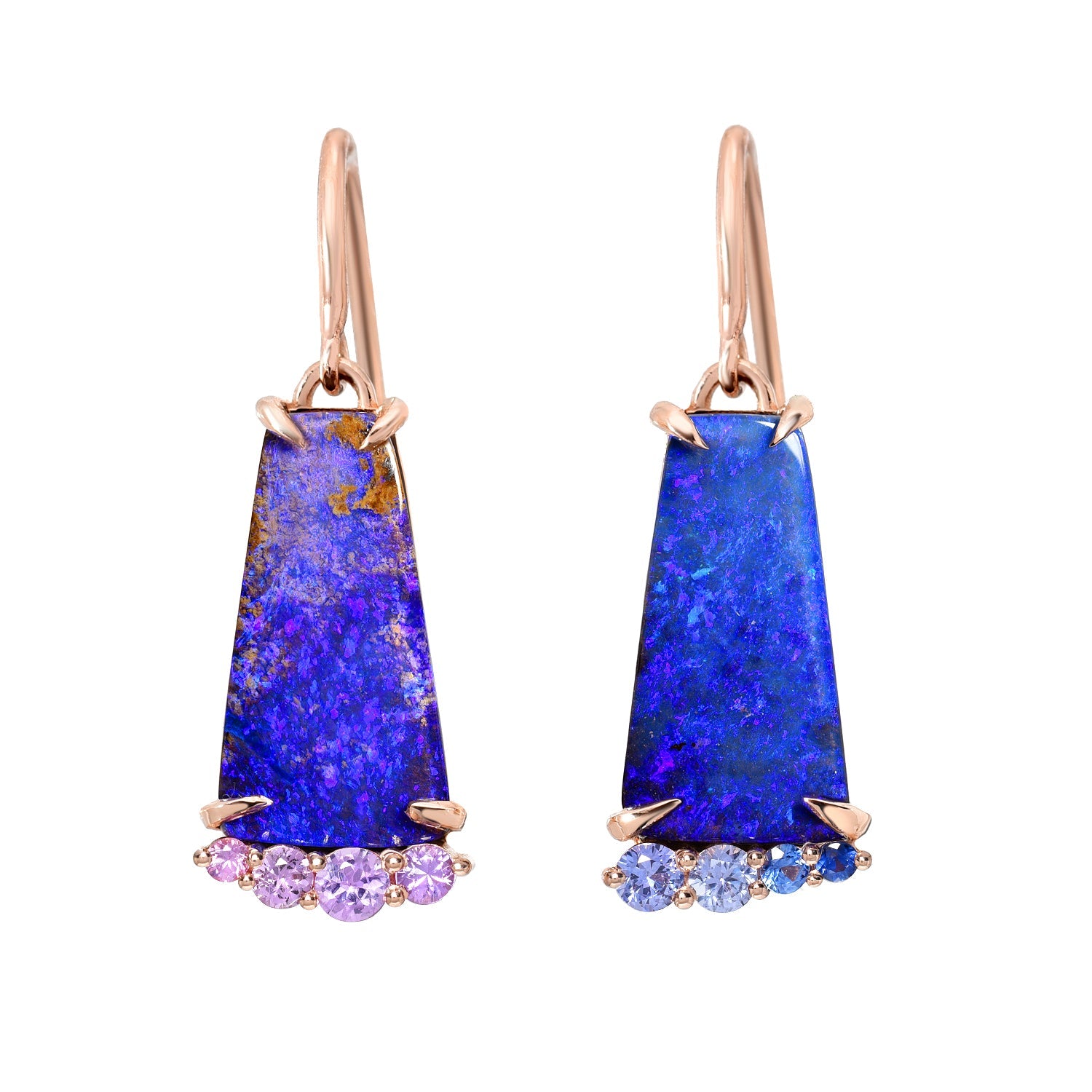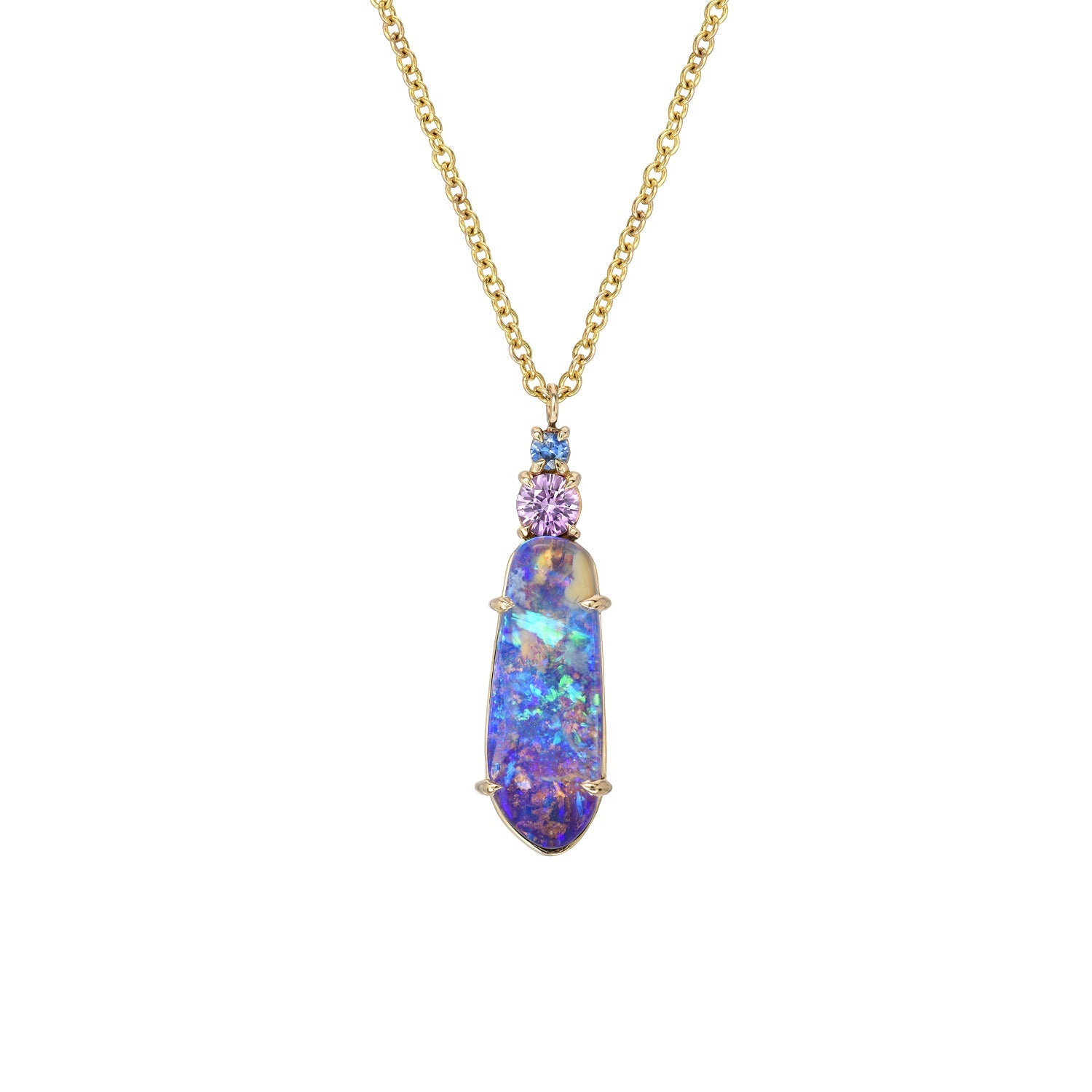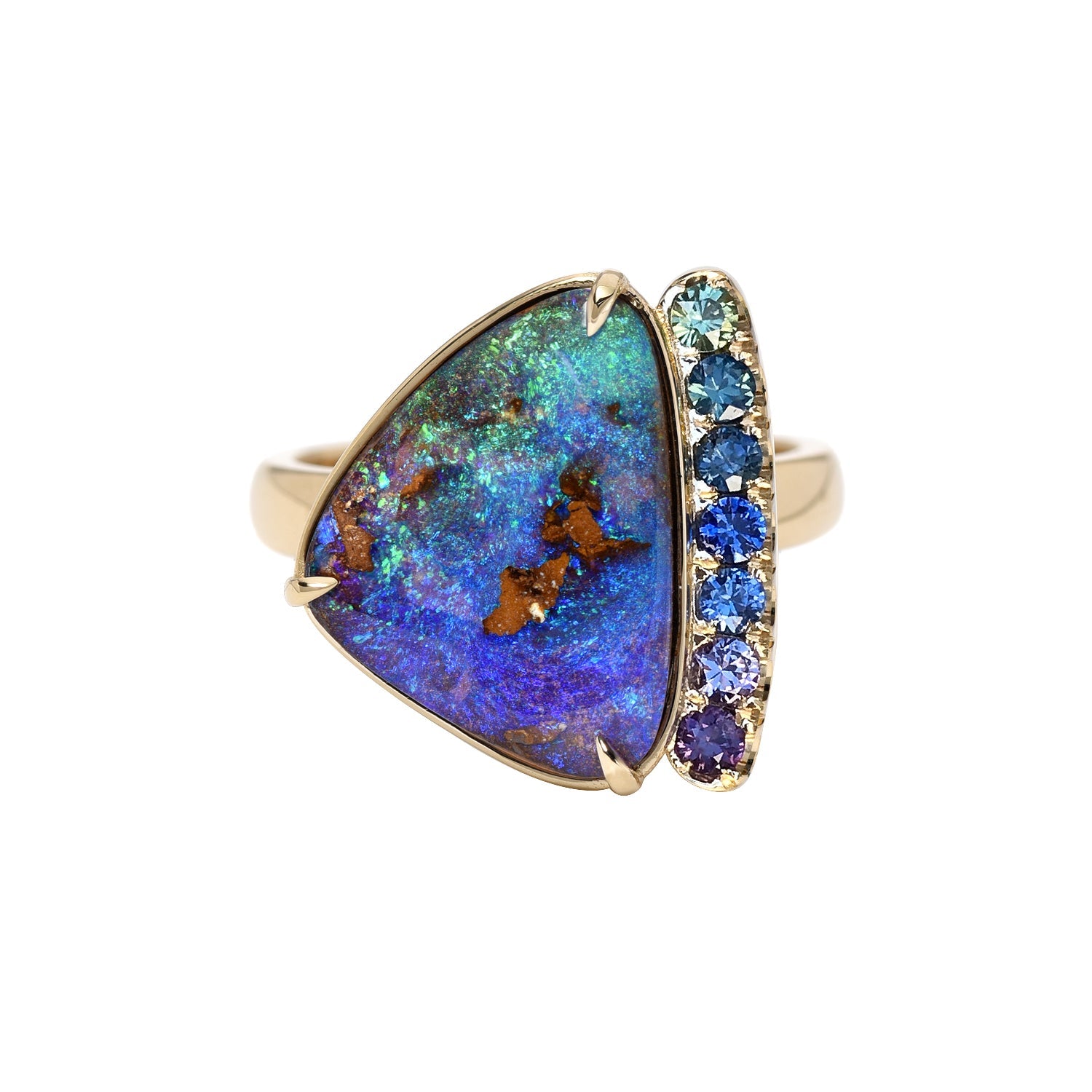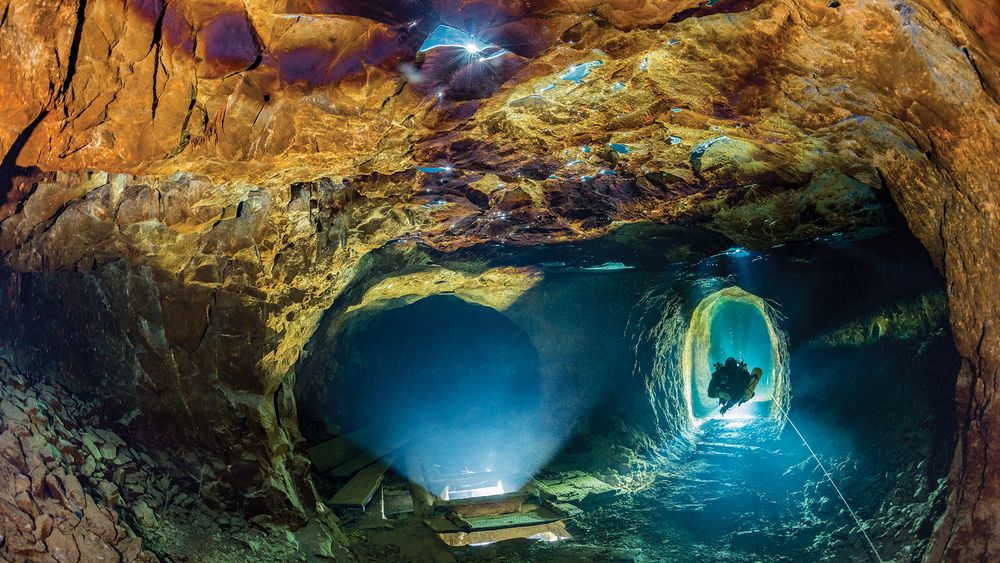
The Wonders of The Underwater Opal Mines in Slovakia
nicole gluckmanShare
For years, Australia has been the world’s leading Opal producer. The nation is responsible for over 95% of Opal mined and sold on the market. Australia is no less than a titan in the world of Opal — but the truth is that it’s also a relatively new deposit — one that has only recently been exploited. Before its discovery, getting your hands on an Opal was more complicated, hazardous, and sometimes a bizarre experience. In some cases, it even involved getting your feet wet — quite literally. In this article, we'll dive deep into Opal lore and history and explore some of the strangest and oldest Opal mines in the world, the Opal Mines of Slovakia.
Opal Mines in Slovakia
Back when Alexander the Great was busy conquering lands and when the Romans ruled the modern world, Australia wasn’t even on the map. It was a continent that, quite literally, didn’t exist on most cartographical records. And that obscurity - the limited nature of the gem - was key to Opal's success during the period. Back in those times, elite patrons like Cleopatra and other monarchs acquired their Opals from exclusive marketplaces — and those vendors had to export them from places outside the “Empire.” Far off land where the might of Rome and its rules often went unrecognized. Lands full of Barbarians and all manner of “savages.” Savages, like the Visigoths, who were known to outsmart Rome's military strategies on multiple occasions.
After several resounding defeats, Rome turned its back and decided not to impede further into those lands. Not worth the hassle. Nevertheless, there were prizes to be smuggled out, and the most precious one was the gemstone known as Opal.
For decades, Opals were mined in Eastern Europe, with a focus upon the land that would eventually be called Slovakia. These mines were obscured behind a dark and menacing forest. A forest full of toothy fauna, deadly pitfalls, and gangs of vicious marauders. Something out of a fairy-tale, akin to the narratives that inspired many knights' tales. Located near Slovakia, today, the Opal mining tunnels are less active mines and more of a tourist attraction.
The Underwater Kingdom
The Slovakian Opal Tunnels once housed over 300 workers at a time. It was a vast mining colony, where multiple gems and minerals were unearthed from the ground, not just Opals. What makes these mines so unique, unlike other mining operations, is that only a portion of them are above ground and on dry land.
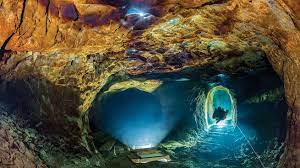
For centuries, the tunnels in Slovakia were a reliable source for natural Opals. However, by 1922, with rising water levels, erosion, and other ecological factors at play, the lower levels of the mine tunnels became submerged underwater.
Currently, this region of Slovakia is regarded as protected land. It is considered a natural museum and part of the nation’s heritage. The Opal tunnels remain largely untouched, and the only way to fully explore them is by diving into their murky and mysterious depths. In order to do so, divers must meet the following criteria:
- Divers must have a great deal of cave-diving experience and valid certification to gain access. The dive itself requires an inordinate amount of physical strength and stamina.
- Divers have to carry most of their own equipment to get to the entry pool — an estimated 40 vertical yards.
- All divers need to have a medical statement permitting them to take the trip.
- They will also need dive insurance.
- Divers will need to hire a guide.
What will you see?
Upon entering the tunnel, a dazzling array of colors illuminates the cavernous surroundings as light reflects off the rustic Opal gems embedded in the tunnel walls. It’s both a bizarre and mystical spectacle that elevates an already magnificent stone to another level.

Image from Oplamine.eu
The deeper into the tunnel you go, the more surreal the scene becomes. You’ll stumble upon an underwater mining graveyard frozen in time; extraction tools, mine carts, and cave helmets — relics abandoned by miners long ago.
Sections of the tunnels are fragile and incredibly narrow, making navigating them difficult. Between their claustrophobia-inducing spaces and bone-chilling water temperatures, these Slovakian tunnels are not for everyone. Still, for those daring enough, there is no other place quite like it on earth.
Visitors can access the Slovakian tunnels from Budapest or Vienna through numerous entry points.
These tunnels have produced some of the most legendary Opals in history, including one of the world’s largest Opals, discovered in the Dubnik section of the tunnels - deemed "The Harlequin" - a nearly 3,000 carat Opal uncovered in 1775. Though debate lives on, it is even rumored that Napoleon's famed gift to his wife - Empress Josephine - the enigmatic “Burning of Troy” Opal, was also plundered from this area.
While these celebrated Slovakian mines may no longer be active, we are privileged with our access to the natural Opal beauty that Australia continues to produce. At NIXIN Jewelry, Australia is our primary source for the stones we set in our Opal jewelry. Whether you’re dreaming of an Opal ring, necklace, or earrings come visit the NIXIN Dreamery - your piece awaits!


